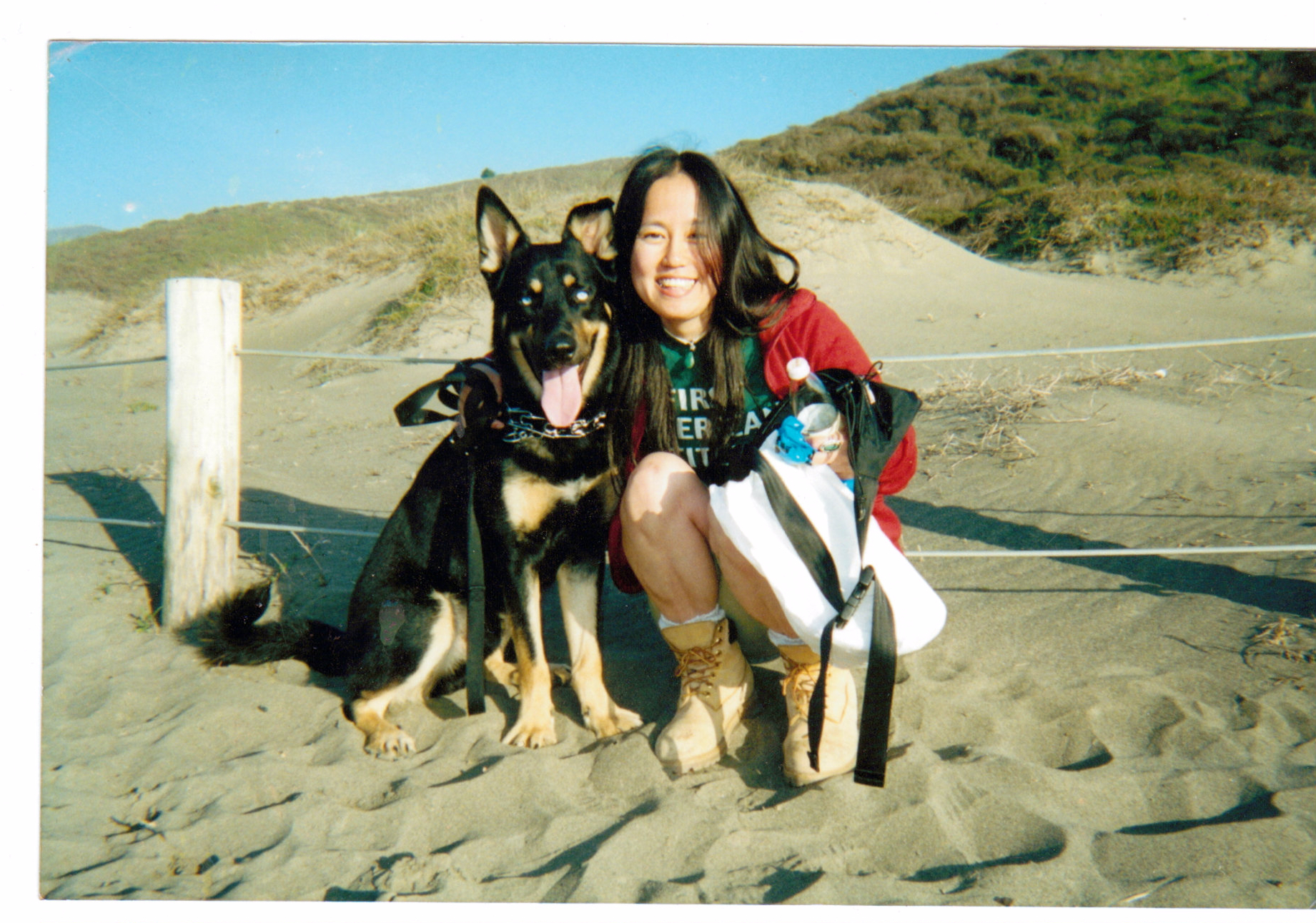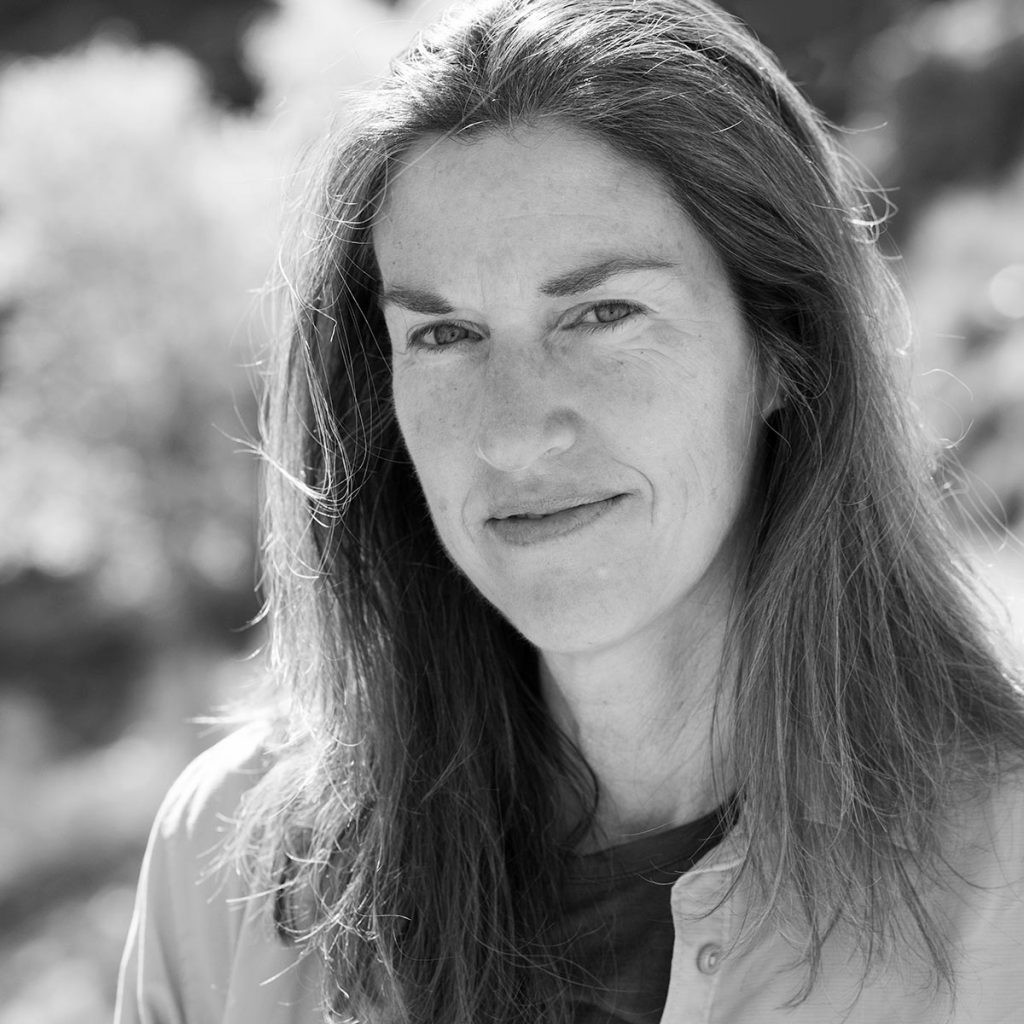On May 8, 2006, a Japanese hiker named Tomomi Hanamure was stabbed to death while hiking to Havasu Falls in the Grand Canyon, a popular destination on the Havasupai Indian Reservation. She was murdered by an 18-year-old member of the tribe named Randy Wescogame. Reporting on the crime, Annette McGivney, a writer for Backpacker magazine, visited the reservation. The experience set in motion a chain of events that led to her own unraveling. As she learned more about the details of the murder and the abuse that Wescogame had endured, McGivney began to recall long-buried memories of the physical abuse she suffered at the hands of her father.
Reconciling with her past meant finding a new way forward. As McGivney continued to delve into the lives of Hanamure and her killer—which involved taking up Zen practice, traveling to Japan, and visiting Wescogame in prison—her own path to recovery from her past trauma became a part of the story. This journey culminated in her book Pure Land, which describes the conditions that resulted in Hanamure’s murder, and how the author’s struggle informed her grasp of it. It is a powerful story that explores the transformative powers of nature and asks how we can seek the “western land of peace and bliss” in a world full of suffering.
What prompted you to want to write about the murder of Tomomi Hanamure? Originally I was drawn to writing about Tomomi because I thought, as a journalist, that it was a great story. But I am also very committed to empowering people, especially women, to experience and connect with the outdoors, and to not be intimidated by sexist attitudes like “Women shouldn’t hike alone.” There was part of me that was very much into digging deeper to let the world know who Tomomi was as a person, and to honor her past in nature, and not to let her be known as just a woman hiking alone who got murdered. I also wanted to tell a broader story of the Havasupai tribe and the indigenous people of the Grand Canyon.

How did you realize your own experience would become such a pivotal part of the story? In order to understand Tomomi fully and to do a good job as a journalist, I needed to learn more about Buddhism. I was kind of ignorant about Japan and Buddhism coming into the topic. I assumed everyone in Japan was a Zen Buddhist, so as part of my research I joined a Zen meditation group in Flagstaff, Arizona, and I started meditating—and I thought, wow, this is good for me.
The first time when I actually stopped thinking—[Tibetan Buddhist nun] Pema Chödrön says, “It’s like when the ceiling fan stops”—I had the most horrible feeling. It was like someone dipped me in hot oil. I would later come to understand that I was having a flashback. It was the first flashback of many. I had no idea that I was a survivor of intense childhood trauma, but I also had no idea that meditation could take the lid off of that. That was the brick that fell out of the wall, and then all the other bricks started to collapse. That’s what started my breakdown.
When I was going through all that I literally put the book aside. I was afraid of the book for awhile. It seemed toxic. But as I came to a better place emotionally and psychologically, I felt so connected to Tomomi and Randy and to finishing what I had started. Some of the principles of Buddhism that I’d been studying really helped me to understand that you can’t be attached to outcomes, and you have to go where the doors are opening for you. So I took the book up again and friends suggested that I should incorporate my own story. It was hard for me to believe that I should, but it seemed like the path was to share my journey as part of the book.
Where did you get the title Pure Land, and what does it mean to you? I am not an expert in Buddhism by any stretch, and it took me awhile to realize that the Hanamure family is actually Pure Land Buddhist. I started studying that and learned that Pure Land Buddhists pray for rebirth in the “western land of peace and bliss.”
For Tomomi, the Grand Canyon was her western paradise. That’s what Pure Land means to me. It is outdoors. I have always known this deep down, but researching the book has gifted me this as the guiding principle of my life. It is so much more to me than just a title.
Despite suffering deeply, you write that you felt “a profound and never-ceasing compassion that emanated from the natural world.” Do you feel a connection between contemplative practice and your experiences in nature? Yes, very much so. It was not until I began research for the book that I discovered how closely aligned Buddhist principles are with my love of nature. Rather than separating me from the earth, they support my desire to be one with it. For me, my contemplative practice is in nature. I do meditate indoors and practice breathing meditations when I wake and right before I go to bed. However, my true practice is on my daily hikes in the woods. Growing up in a state of fear shaped me as child, but the thing that transcended that was the compassion I felt from nature. When I walked through the woods I felt loved by the trees. I felt a warmth emanating from Mother Earth, as if I was being embraced by this unseen yet very powerful higher energy. When I hike outdoors now I continue to have a very strong connection to this energy, and I have a very primal need to plug into it. I spend about 1–2 hours a day wandering off-trail in the woods. This is my most joyful and restorative contemplative practice.
If the “fabled western land of peace and bliss” is actually one hike, or trail, or place in nature that you could choose to remain, where would your Pure Land be? I have hiked in so many spectacular wild locations. Yosemite is stunningly beautiful. The Grand Canyon has a very special place in my heart. I am also very connected to the San Francisco Peaks near Flagstaff, which is a sacred mountain to many Southwest indigenous tribes. However, I would say my Pure Land is in the Coconino National Forest, just a few blocks from my house where I hike every single day. There is part of me that is always up there with the trees. When I step off the road and into the woods, I feel instantly relieved, like I am entering my true home.
What advice do you have for others seeking to connect with the outdoors? In the same way that you take time to meditate by yourself in your house, you should take time to be alone in nature. Make a priority of that. It should be with no goal except to just be there and to connect with the outdoors and let it soak into your body. If you’re not sure how to do this, just follow the example of your dog. A dog is like, “Let’s go outdoors right now and let’s not do anything but be out here and enjoy it.” My dogs always help keep me straight and honest.
Thank you for subscribing to Tricycle! As a nonprofit, we depend on readers like you to keep Buddhist teachings and practices widely available.
